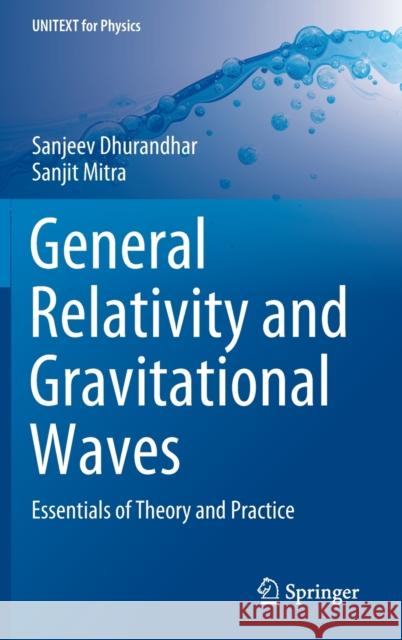General Relativity and Gravitational Waves: Essentials of Theory and Practice » książka
topmenu
General Relativity and Gravitational Waves: Essentials of Theory and Practice
ISBN-13: 9783030923341 / Angielski / Twarda / 2022 / 224 str.
General Relativity and Gravitational Waves: Essentials of Theory and Practice
ISBN-13: 9783030923341 / Angielski / Twarda / 2022 / 224 str.
cena 281,76
(netto: 268,34 VAT: 5%)
Najniższa cena z 30 dni: 269,85
(netto: 268,34 VAT: 5%)
Najniższa cena z 30 dni: 269,85
Termin realizacji zamówienia:
ok. 22 dni roboczych
Dostawa w 2026 r.
ok. 22 dni roboczych
Dostawa w 2026 r.
Darmowa dostawa!
Kategorie BISAC:
Wydawca:
Springer Nature Switzerland AG
Seria wydawnicza:
Język:
Angielski
ISBN-13:
9783030923341
Rok wydania:
2022
Ilość stron:
224
Waga:
0.49 kg
Wymiary:
23.39 x 15.6 x 1.42
Oprawa:
Twarda
Wolumenów:
01
Dodatkowe informacje:
Wydanie ilustrowane











